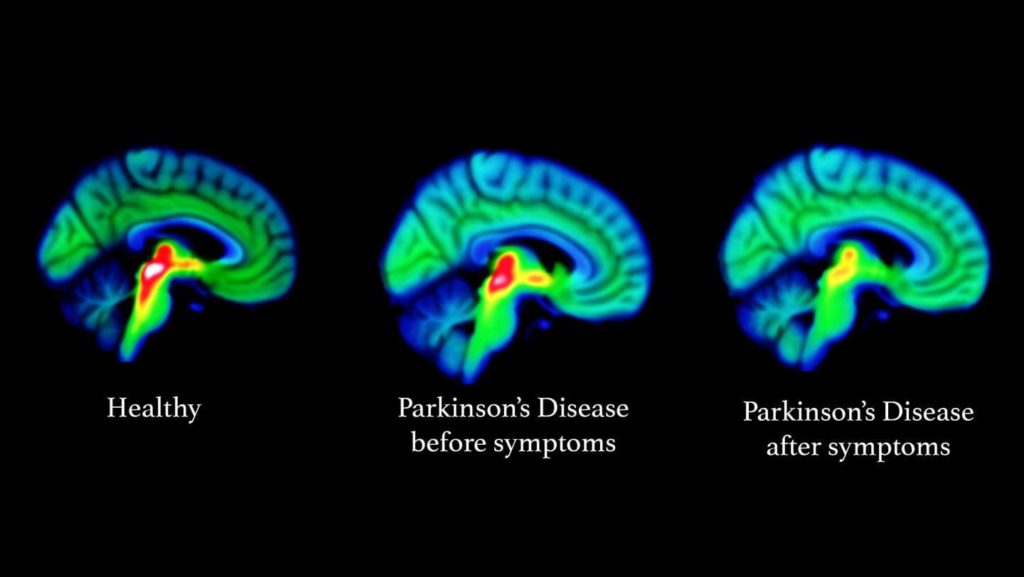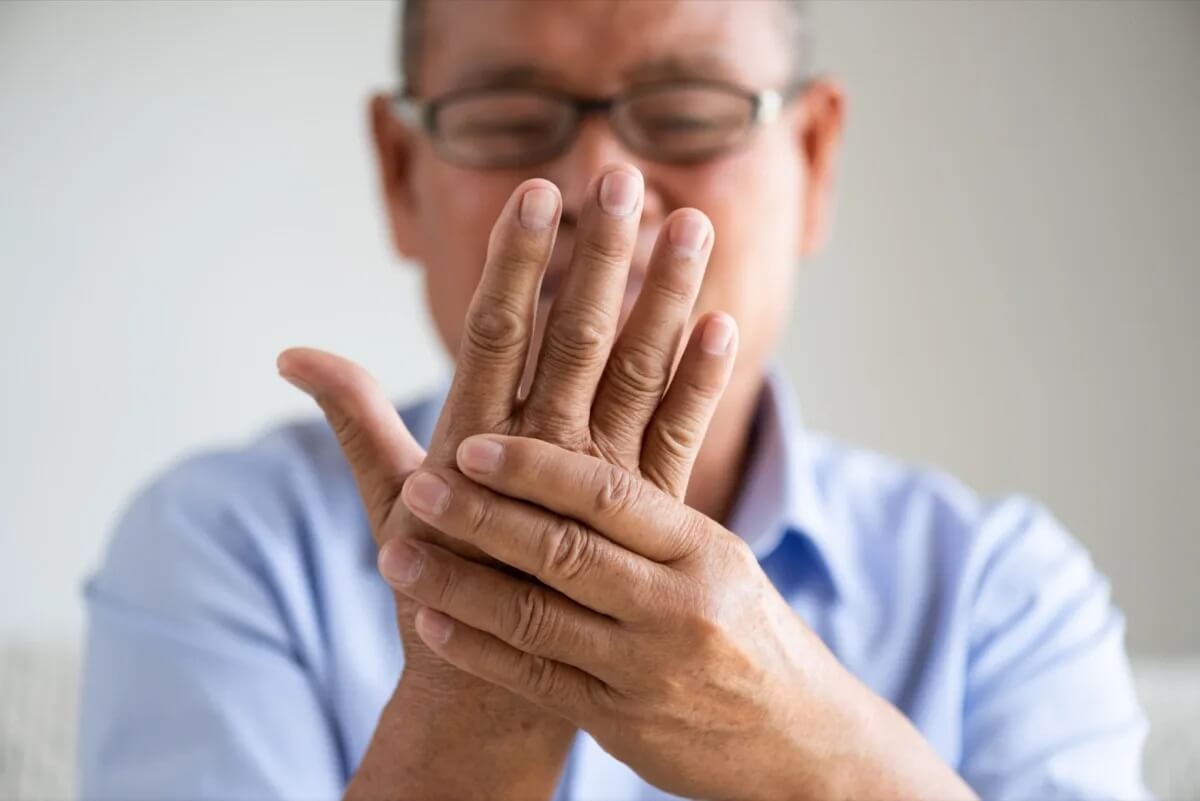What is Parkinson’s Disease?
Parkinson’s disease is a disorder of the brain that results in uncontrollable movements including but not limited to problems with coordination and balance, stiffness and shaking. Though nearly anyone has the potential to develop Parkinson’s, studies indicate the disease impacts more men than it does women. The majority of those who develop Parkinson’s develop it after reaching the age of 60. However about 10% of Parkinson’s Disease patients develop the disease before reaching the age of 50. The symptoms of Parkinson’s Disease as detailed below worsen as time progresses. Sadly, those saddled by the disease often end up struggling with basic tasks such as talking and walking. The disease can lead to health problems ranging form general fatigue to faulty memory, depression, behavioral alterations and more.
Symptoms of Parkinson’s Disease
The signs of Parkinson’s Disease in elderly are not as obvious as some assume. There is a general misconception that the average person could easily select a PD sufferer from a lineup due to clear aesthetic or other observational giveaways. However, the symptoms of Parkinson’s Disease typically start out slow and subtly before progressing.
Parkinson’s Disease has four primary symptoms including tremors in the head, jaw, legs, hands and arms. Muscles that are contracted for an excessive period of time as a result of the disease will spur painful stiffness that has the potential to render the patient immobile. Movement is slowed, coordination is impaired and patients are that much more likely to suffer potentially deadly falls when saddled by PD. Additional Parkinson’s Disease symptoms include emotional changes, depression and difficulty with speaking and eating as a result of motor function impairment.
Motor Parkinson’s Disease Symptoms
Parkinson’s Disease motor symptoms that indicate the onset of the disease manifest in the form of several signature symptoms. Those symptoms include instability in terms of patient posture, excessive stiffness, bradykinesia and even the onset of tremors when resting. Bradykinesia is motor control impairment. This condition is characterized by the the slowing of such movements or even their complete cessation of functionality. Individuals with the disease might also experience additional motor symptoms including difficulties with enunciation, diminished coordination and feeling excessively cold.

Why is Parkinson disease more common in the Elderly?
Aging alters processes at the cellular level, predisposing a patient to neurodegeneration along with other changes related to age, especially in the context of cellular functionality. Somatic damage caused by the aging process has the potential to hasten the onset of the disease.
Causes of Parkinson disease in Elderly
Parkinson’s is likely caused by exposure to toxins. However, genetics also have the potential to play a role in the onset of PD in the elderly. The specific cause of the disease is not clear to the scientific and medical communities at the moment. However, it is worth noting the scientific community has established a connection between protein types within the brain and the disease.
Elderly Parkinson’s Stages
The aging process should be a time to sit back and enjoy life to the fullest. However, Parkinson’s and other diseases have the potential to set in during the golden years and potentially spoil some of the fun. Parkinson’s Disease progresses through several stages. The initial stage is characterized by mild symptoms such as tremors. Alteration in facial expressions, walking gait and posture might also occur.
The second stage is characterized by a worsening of the symptoms including tremors and stiffness on each side of the body. The patient is capable of living alone yet the activities of daily living become more challenging. It is at this point that it is in the patient’s interest as well as your interest as his or her caretaker to consider the merits of at-home care designed specifically for your loved one’s Parkinson’s Disease challenges.
As an example, Parkinson’s incontinence treatment will help keep the senior you deeply care for hygienic, clean, happy and healthy. There is no sense in you attempting to handle the entirety of the enormous challenge that is caring for a loved one with Parkinson’s when home health aides are available to lend potentially life-saving assistance.
The third stage of the disease is characterized by a reduction in balance and hindered movement. Patients can eat and dress though doing so is challenging. It is at this stage that falls occur at a higher frequency. The fourth stage is characterized by significant symptoms and minimal movement. Patients who can move while in stage four of the disease typically need a walker to do so. Such a patient is unable to live alone. The fifth stage of Parkinson’s is characterized by leg stiffness that makes it difficult to walk or stand, necessitating the use of a wheelchair. Ongoing nursing assistance is necessary for such a patient.
Parkinson’s treatment physical Therapy
Parkinson’s cannot be successfully treated with physical therapy. However, physical therapy helps patients saddled by the disease as it forces them to be active. Therapy including balance training and gait training along with other exercises has the potential to help patients with PD maintain or even improve their symptoms.
Parkinson’s home exercise Program
A Parkinson’s home exercise program will keep the senior you love active and as healthy as possible, possibly helping to mitigate symptoms of the disease. The best home exercise programs for PD include stretching, agility exercises, balance exercises, strength training and aerobic activity.
In fact, the Parkinson’s Outcomes Project reports boosting physical activity to two and a half hours per week has the potential to reduce the progression of the disease’s symptoms. Ideally, a referral to a PT provider will be made early in the process so the patient has ample opportunity to become accustomed to the exercise routine.
Furthermore, slight alterations to the routine as decided upon by a physical therapist will help zero in on the nuanced motor impairments unique to each patient. Physical therapists provide information about the optimal level of physical activity, technique when exercising, safety during exercise sessions and tailoring routines to each individual patient.


